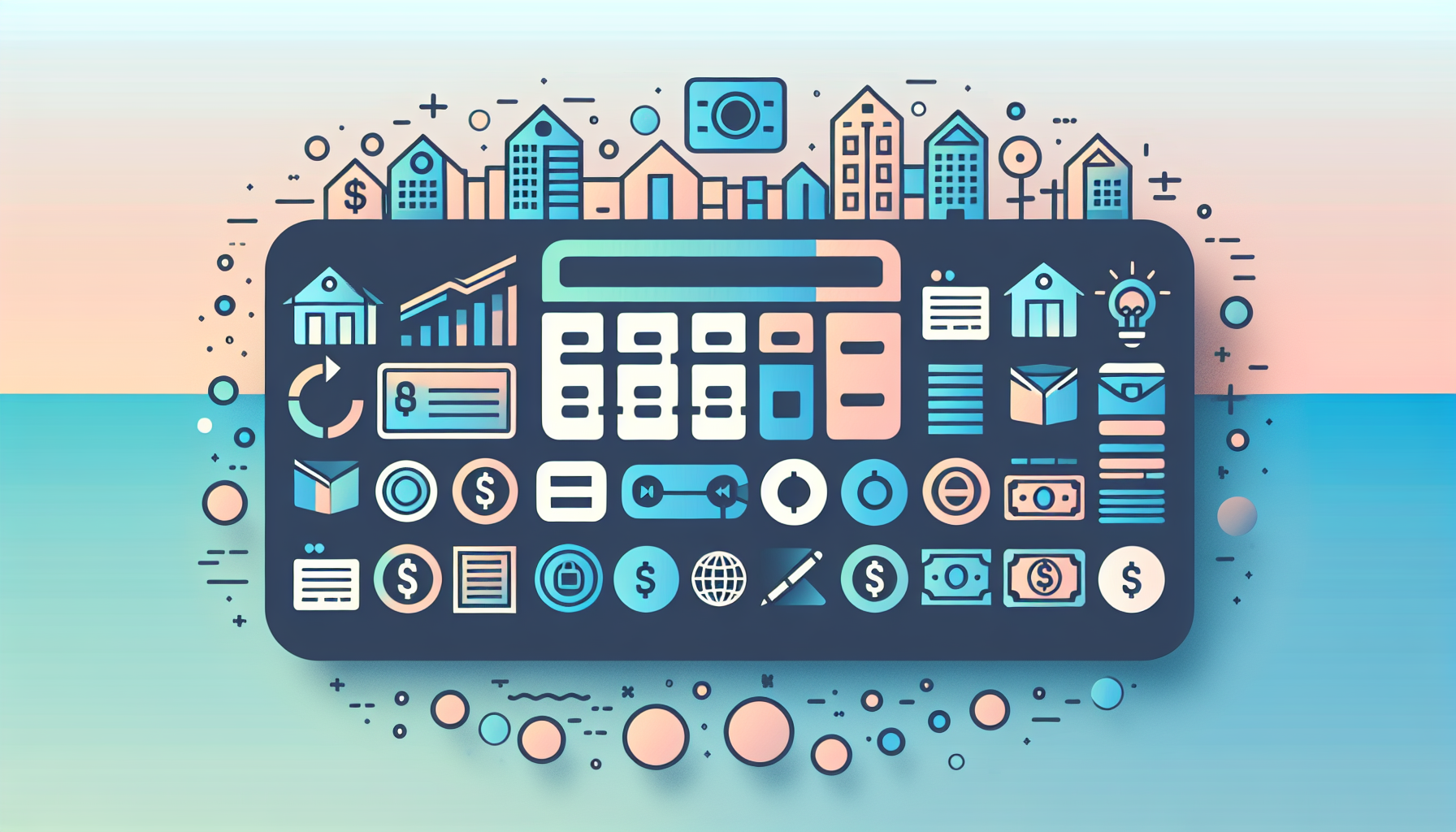Climate Change and Mortgages: 2025 Considerations

As we step into 2025, the real estate and mortgage sectors are facing unprecedented challenges due to climate change. Rising temperatures and extreme weather events are not only reshaping property values but also influencing how mortgages are assessed and managed. In this evolving landscape, understanding climate risk assessment, the role of disaster-resistant home loans, and the emergence of green mortgages is crucial for both lenders and homeowners.
Understanding Climate Risks in Real Estate
Climate change is no longer a distant threat; it is a tangible force impacting property markets worldwide. In the U.S. and Canada, severe climate events like floods, wildfires, and hurricanes are becoming more frequent and intense, leading to significant property devaluation. For instance, a study by First Street estimates that climate-related risks could result in a $1.47 trillion reduction in U.S. real estate value over the next 30 years. This shift underscores the need for robust climate risk assessments in mortgage lending.
Impact on Property Values
Properties in high-risk areas, such as coastal regions prone to flooding or wildfire zones like California, are experiencing declining values. In California, a study highlighted that home prices dropped by 2.2% following major wildfires. Similarly, in Canada, areas like Fort McMurray have seen significant property depreciation due to wildfires. These trends indicate that traditional valuation methods must now incorporate climate risk to provide a more accurate picture of property worth.
Climate Risk Assessment in Mortgage Lending
Mortgage lenders are beginning to integrate climate risk assessments into their lending practices. This involves using scenario analyses from organizations like the Intergovernmental Panel on Climate Change (IPCC) and the Network for Greening the Financial System (NGFS). In the U.S., lenders are applying stricter terms, such as higher down payments or interest rates, for properties in high-risk areas to mitigate potential losses. For those looking to navigate these changes, tools like the WP Ultimate Loan & Mortgage Calculator can help assess financial implications.
Disaster-Resistant Home Loans
Disaster-resistant home loans are emerging as a critical component in the fight against climate-related property devaluation. These loans incentivize homeowners to invest in resilient construction methods and materials, potentially reducing insurance costs and the risk of default. For instance, homes built with flood-resistant materials can qualify for lower insurance premiums, making them more attractive to lenders and homeowners alike.
Benefits and Challenges
The benefits of disaster-resistant home loans include lower long-term costs and increased property value stability. However, challenges such as higher upfront costs and the need for widespread adoption of resilient building standards remain. Governments and financial institutions can play a crucial role by offering incentives for such investments, as seen in initiatives by the Federal Emergency Management Agency (FEMA) to promote flood-resistant construction.
Green Mortgages: A Sustainable Future
Green mortgages are another innovative approach to addressing climate change in the real estate sector. These mortgages offer preferential terms to homeowners who invest in energy-efficient improvements or sustainable building practices. By promoting environmentally friendly housing, green mortgages not only reduce carbon footprints but also potentially increase property values over time.
Examples and Opportunities
Examples of green mortgage programs can be seen in initiatives by banks like Barclays, which offers green home loans with lower interest rates for energy-efficient homes. Similarly, the U.S. Department of Energy provides resources and incentives for sustainable building practices. These programs highlight opportunities for homeowners to reduce their environmental impact while benefiting financially.
Adapting to Climate Change: A Collective Effort
Adapting to climate change requires a collective effort from governments, financial institutions, and homeowners. This includes integrating climate risk into mortgage assessments, promoting disaster-resistant construction, and supporting green mortgages. For those seeking to understand these changes better, reaching out to experts via our Contact Us page can provide valuable insights.
Policy and Regulatory Changes
Recent policy changes, such as those proposed by U.S. lawmakers, emphasize the need for entities like Fannie Mae and Freddie Mac to address climate-related risks in their mortgage portfolios. These efforts aim to stabilize the mortgage market by ensuring that climate risks are adequately assessed and managed.
Conclusion and Future Directions
In conclusion, the impact of climate change on mortgages and real estate is profound and multifaceted. As we move forward, it is essential to embrace strategies like climate risk assessment, disaster-resistant home loans, and green mortgages. By doing so, we can not only protect investments but also contribute to a more sustainable future. For those navigating these changes, leveraging tools like the WP Ultimate Loan & Mortgage Calculator can help make informed decisions in this evolving landscape.
As the real estate and mortgage sectors continue to evolve, staying informed about the latest trends and strategies is crucial. Whether you are a homeowner, lender, or policymaker, understanding the intersection of climate change and mortgages is key to building resilience and ensuring long-term stability in the market.











